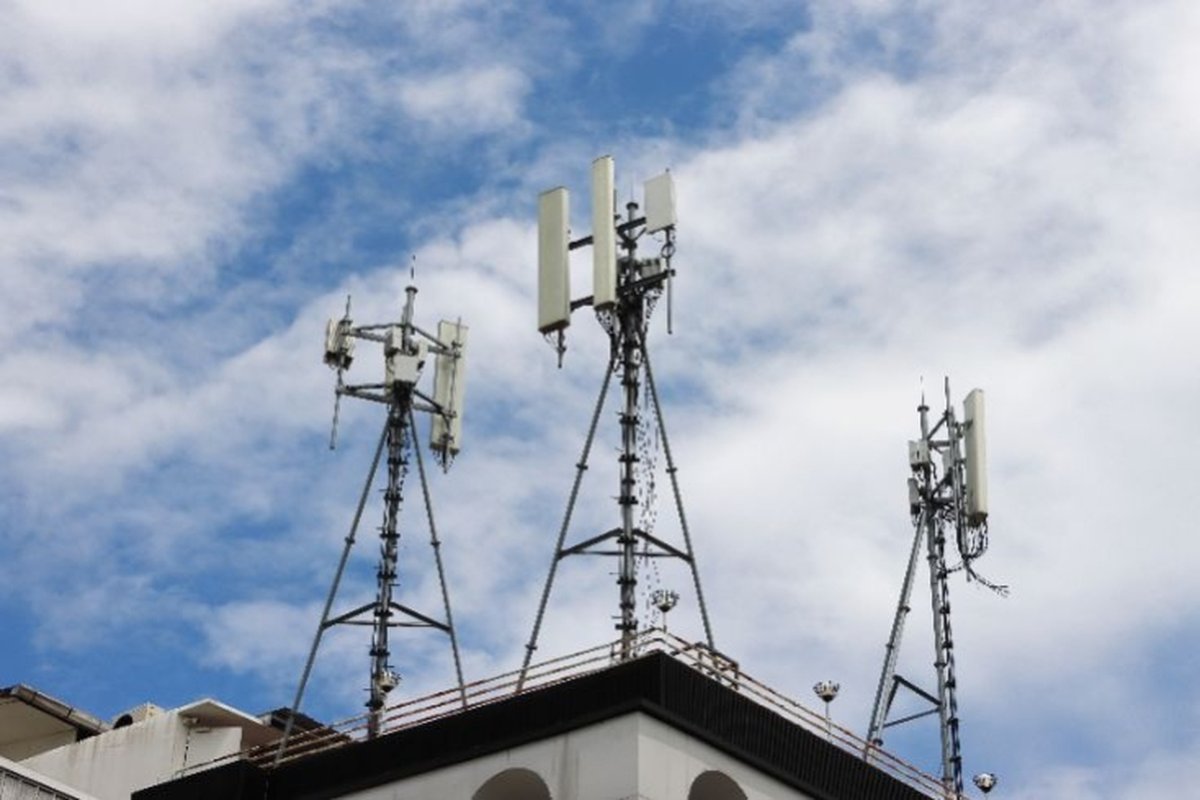Colin Abrey of Nextivity explains how a relaxation in Ofcom’s Mobile Repeater Laws, could potentially eliminate 4G coverage misery in the UK
Why is it so difficult, in our digital age, to get a reliable phone signal inside a building?
Poor/no mobile coverage inside modern buildings is caused by a combination of the raw materials used and complex design architectures. Construction materials like iron, steel, metalized glass, reinforced concrete or foil-lined partitions, which underpin must building structures, hamper the penetration of radio signals, particularly high frequency ones which are used for 4G, and the deeper inside a building you go the worse things become, even if that building is located next to a base station.
Market saturation (more than 90% of UK adults own at least one smartphone) and growing demand for consistent high-quality access to mobile data services are exacerbating the situation. Installing supplementary equipment to overcome coverage problems has historically been expensive, with long implementation times because the use of said equipment has a) been controlled by the mobile network operators (MNOs) themselves and b) been restricted (until now) because of stringent licensing regulations.
What is a Mobile Signal Booster or Repeater and how do they work?
The strength of a mobile signal you receive on your phone usually depends on how close you are to a base station, but if something gets in the way of that signal transmission, such as such as tall building or the building materials themselves, its strength is weakened, even if there is a base station nearby. A mobile signal booster or repeater takes an existing, strong outdoor signal and amplifies it within an indoor space. This makes the mobile signal stronger and greatly reduces connectivity issues, thus improving your overall service and experience.
What made Ofcom change the rules concerning mobile signal boosters?
Thanks to technological advances, affordable smartphone contracts, hefty investments in 3G and 4G spectrums to date, the imminent rollout of 5G, and Government targets for 95% coverage in the UK regardless of whereabouts, Ofcom has been put under increased pressure from all sides to improve the coverage situation inside buildings. Consumers have until recently accepted the notion of mobile “not spots” but as IoT and the cloud gain foothold, poor indoor coverage is no longer acceptable. Ofcom was also influenced, in part, by a change to mobile coverage rules in the US in 2017 (the FCC Part 20 regulation), and subsequent improvements to in-building wireless coverage experienced as a result.
Were there any objections to Ofcom’s new rules?
There have been safety and operational concerns, and rightly so, because there’s a huge volume of substandard equipment in circulation. If a repeater generates too much noise, for example, it will impact the performance of a base station, or worse still, break it.
What does License Exemption mean for businesses and individuals in practical terms?
License exemption means that anyone can install mobile signal boosters or repeaters provided those repeaters comply with Ofcom’s specification: “UK Interface Requirement 2102.1 enacted into UK law by statutory instrument SI 2018/399 (and subsequent revisions)”.
To clarify the regulation itself “The Wireless Telegraphy (mobile repeater) (Exemption) Regulations 2018” covers two specific user cases; static mobile phone repeaters for indoor use, and low-gain mobile phone repeaters for in-vehicle use. It is still illegal to install any repeater that does not fully comply with these specifications.
There are strict stipulations that must be adhered to; for example, repeaters must be network-specific, not interfere with other networks, must be able to detect and mitigate any signal variations in uplink and downlink frequency bands, and must control noise levels based on where they are in relation to the serving base station (referred to as Base Station Coupling Loss in the specification).
Conformity requires a smart booster with intelligence built in. This means the device will self-configure according to network coverage conditions and automatically power down if there is a network conflict.
What do the new rules mean for businesses and property owners?
The mobile repeater market for in-building use no longer requires approval from the mobile network operators. Any property owner or manager wanting to provide better coverage can do so quickly and cost effectively using off-the-shelf equipment. Repeater systems can be installed on demand, which opens up the market and makes Government targets of 95% coverage more achievable.
What would you like to see happen in the future?
Ideally, I would like to see regulatory bodies across Europe publishing specs permitting the use of approved systems/ technologies to facilitate ubiquitous wireless coverage inside buildings. It would be a win-win situation for all concerned; consumers would benefit from around the clock coverage and MNOs would see faster ROI through higher usage and increased customer loyalty. The more open the market is to different technology types; the better mobile coverage will be indoors.



